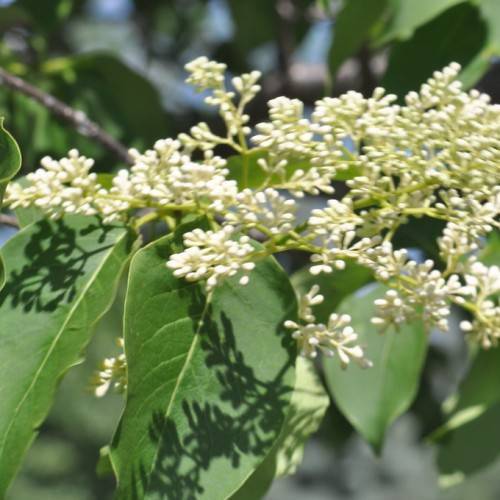
Japanese tree lilac
Syringa reticulata
Cycle:
Perennial
Watering:
Average
Hardiness Zone:
3 - 7
Flowers:
Flowers In Summer
Sun:
Full sun
Leaf:
Yes
Growth Rate:
High
Maintenance:
Low
Care Level:
Medium
watering
Japanese tree lilac requires regular watering during the growing season. In the first year of planting, water 1 to 2 times a week to encourage strong root growth. Subsequently,water the tree lilac once a week or when the soil becomes dry to a depth of 1 inch. Avoid over-watering, as this will lead to root rot. During times of heat waves and drought, water 2 to 3 times a week. In areas with hot summers, water during the morning hours to reduce evaporation, and to give the tree a chance to take the water up before night falls.
sunlight
Japanese tree lilac thrives best in full sun locations, meaning at least 6-8 hours of direct sunlight a day. The more sun a Japanese tree lilac receives, the more flowers it will produce. If grown in too much shade, the plant may fail to flower. Ideal locations for the Japanese tree lilac should receive morning sunlight and afternoon shade during extremely hot summers.
pruning
Japanese tree lilacs should be pruned in late winter or early spring, before buds open. This is the time when it's safest to prune, as the weather is cooler and there is less chance of disease entering the plant through the pruning wounds. Pruning is mostly done to control the size of the plant and create an attractive shape. Start by cutting away any suckers or branches that are too close to the ground. Cut out any dead wood and then selectively remove branches to open up the inside of the shrub and expose its structure. Be sure and leave enough foliage on the shrub to keep it healthy. Remove no more than a third of the shrub at any 1 pruning session.
